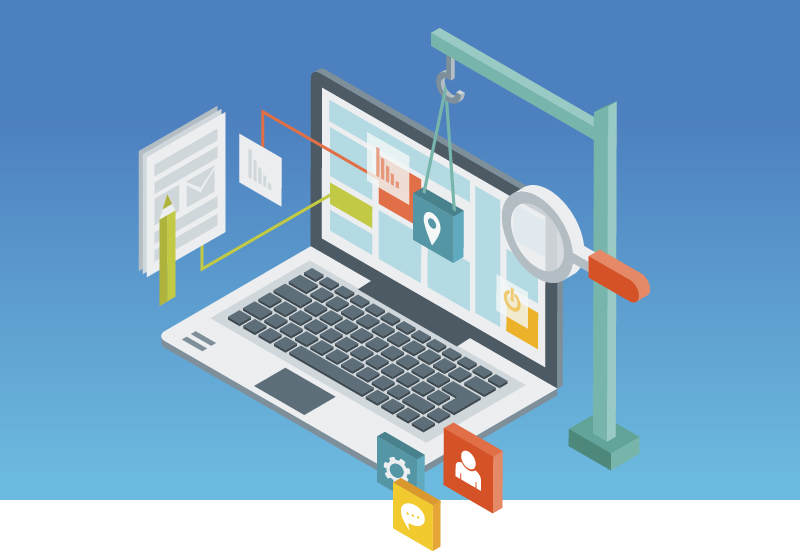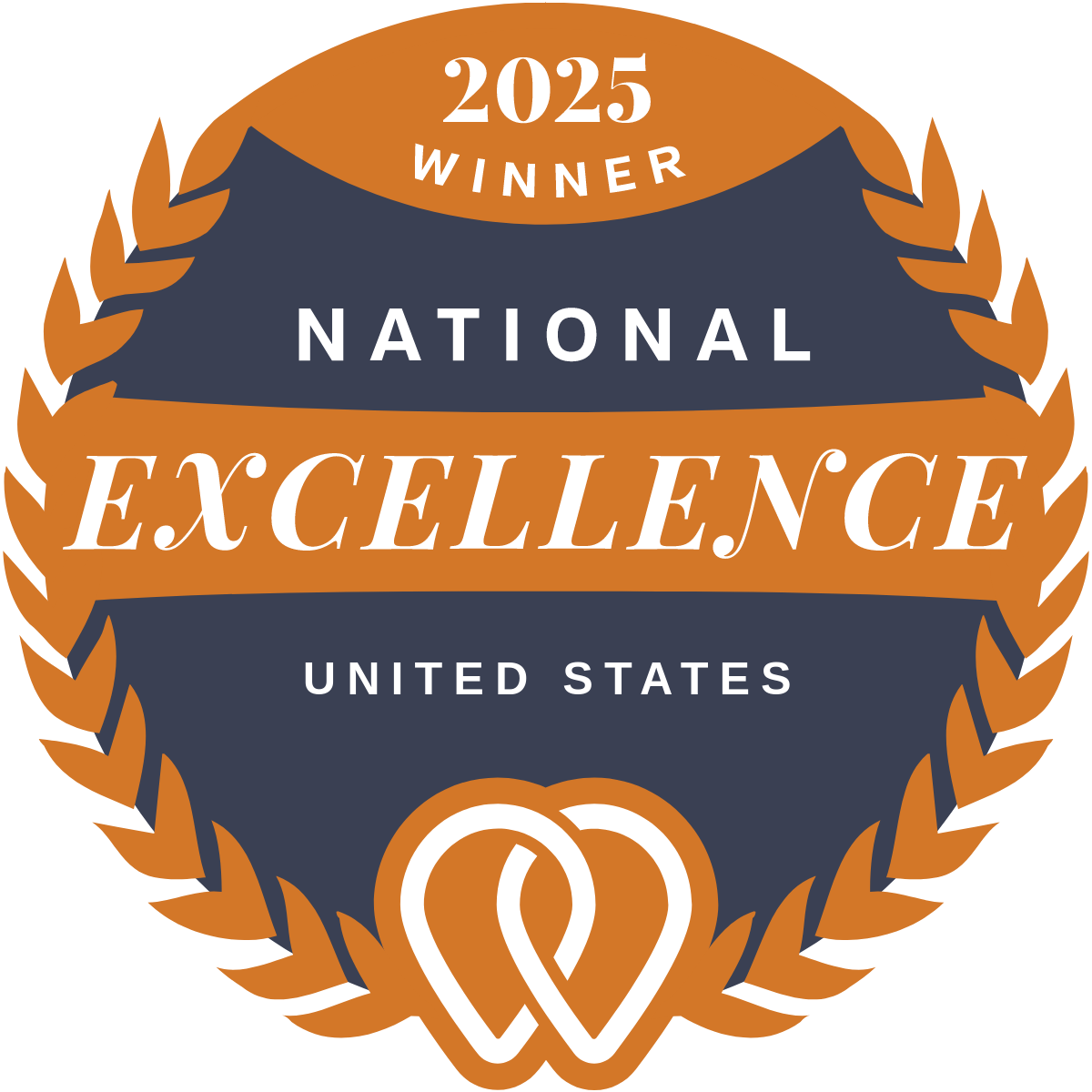
Investing in Web Design: What to Know Before Building Your Website

This has been an incredibly tailored and informative process, and has exceeded all of our expectations.
HIGHLY HIGHLY HIGHLY Recommended!
Investing in Web Design: What to Know Before Building Your Website is essential for any business aiming to grow, engage customers, and strengthen brand credibility. A website today is more than just a digital presence — it’s a powerful tool for conversion, communication, and long-term success. However, investing in web design requires careful planning, a clear understanding of the design process, and thoughtful consideration of features, development, and ROI.
Small businesses, startups, and growing enterprises alike face similar challenges when building a website: balancing cost, functionality, and design quality while ensuring scalability for future growth. Partnering with an experienced team such as Think Designs LLC helps businesses navigate this process efficiently and strategically.
In this article, we’ll explore what you need to know before building a website — including the planning stages, design process, essential features, development considerations, and how to measure ROI effectively.
Why Investing in Web Design Matters
A website is often the first interaction a customer has with your brand. Poor design or limited functionality can immediately create a negative impression, reduce engagement, and affect conversions. On the other hand, a well-designed website can:
- Enhance brand credibility
- Improve user experience
- Increase lead generation and sales
- Support long-term marketing strategies
Responsive design, intuitive navigation, and clear messaging are essential elements of a website that drives results. Investing in professional design is not just about aesthetics — it’s about creating a tool that aligns with your business objectives.
Planning Your Website Project
Effective web design starts with thorough planning. Before engaging a designer or developer, businesses should identify their goals, target audience, and the desired functionality of the website. Key planning considerations include:
- Business Objectives: What is the primary purpose of your website? Is it to generate leads, sell products, provide information, or a combination of these?
- Target Audience: Understanding who will use your site helps inform design choices, layout, and content strategy.
- Competitor Analysis: Evaluating competitors’ websites can provide insights into industry standards and user expectations.
- Budget and Timeline: Determine available resources and realistic deadlines for project completion.
A detailed plan ensures that both the business and the web design team have aligned expectations. For more information about the company’s vision and approach, visit their about page.
Understanding the Web Design Process
The web design process is structured to ensure that every aspect of the website is thoughtfully designed, tested, and optimized. It typically includes the following stages:
-
Discovery Phase
This is where designers gather information about your business, brand identity, goals, and target audience. It may include client interviews, market research, and competitor analysis. A thorough discovery phase sets the foundation for the entire project.
-
Wireframing and Prototyping
Wireframes are simplified layouts that outline the structure and functionality of each page. Prototypes allow stakeholders to visualize the navigation flow and interactions before development begins. These steps prevent costly changes later in the project.
-
Design and Visual Development
Designers create high-fidelity mockups incorporating brand colors, typography, imagery, and layout. Feedback is collected from clients to refine the design and ensure it meets both aesthetic and functional requirements.
-
Development
Once the design is approved, developers transform mockups into a functional website. This stage includes coding, integrating content management systems (CMS), and implementing responsive design for mobile and tablet users.
-
Testing and Quality Assurance
Testing is critical to ensure functionality, compatibility across browsers, mobile responsiveness, and performance. Common tests include:
- Page speed
- Mobile responsiveness
- Broken links and forms
- SEO optimization
For businesses looking to enhance both usability and search visibility, exploring SEO web design insights is highly recommended.
-
Launch and Ongoing Maintenance
After final approvals, the website is deployed live. Ongoing maintenance includes security updates, content updates, and performance monitoring to ensure the site continues to meet business needs.
Key Features Every Small Business Website Should Include
A well-designed website integrates features that enhance user experience, improve functionality, and support business objectives. Some essential features include:
- Responsive Design: Adaptable to all screen sizes for seamless user experience.
- Clear Navigation: Intuitive menus and logical page hierarchy.
- Fast Loading Speeds: Optimized images and code for efficient performance.
- Contact Forms and Calls-to-Action: Facilitate customer interaction and lead capture.
- Content Management System (CMS): Allows businesses to update content easily.
For businesses seeking affordable and high-quality solutions, Think Designs’ web design services in Raleigh provide both strategic planning and technical expertise.
Development Considerations
Development involves turning the design into a functional website. Key considerations include:
- Platform Choice: WordPress, custom CMS, or e-commerce solutions depending on business needs.
- Responsive and Mobile-First Design: Ensures usability across devices.
- Speed Optimization: Compressing images, caching, and minimizing scripts.
- Security: SSL certificates, secure forms, and regular updates.
- Scalability: Designing for future growth and additional functionality.
Effective development ensures the site performs well, supports business goals, and delivers a strong user experience.
Measuring ROI from Your Website
Investing in web design is an investment in your business’s future. Measuring ROI involves analyzing both tangible and intangible benefits, such as:
- Lead Generation: Increase in inquiries or sign-ups through forms and calls-to-action.
- Sales Growth: E-commerce sites can track transactions and revenue.
- Brand Credibility: Improved perception and trust among customers.
- SEO Performance: Higher search rankings leading to increased organic traffic.
Understanding ROI helps businesses justify the investment in professional web design and identify opportunities for optimization.
Common Mistakes to Avoid
To maximize the benefits of web design investment, businesses should avoid common pitfalls:
- Skipping the Planning Stage: Lack of clear objectives leads to redesigns and wasted resources.
- Neglecting Mobile Users: Over 50% of traffic comes from mobile devices; ignoring this can hurt engagement.
- Overloading Features: Adding unnecessary functionality can slow down the site and confuse users.
- Poor Content Strategy: Content drives engagement and SEO; it should be clear, informative, and relevant.
Professional designers help businesses navigate these challenges, ensuring the website is effective, functional, and sustainable.
Why Work with Professionals
Professional web designers bring expertise, creativity, and strategic insight to website projects. Benefits include:
- Tailored solutions that align with business goals.
- Expertise in responsive design, SEO, and performance optimization.
- Project management and client coordination to ensure smooth execution.
- Ongoing support and troubleshooting as your business grows.
To explore how professional services can benefit your business, visit the contact us page to start your project today.
Conclusion
Investing in web design is a critical decision for any business, especially small businesses aiming for growth, credibility, and strong customer engagement. By carefully planning the project, understanding the design process, integrating essential features, focusing on development, and tracking ROI, businesses can maximize their website’s impact.
Partnering with experienced professionals, like Think Designs LLC, ensures that your investment results in a website that is visually appealing, functional, and capable of supporting long-term growth.
A website is more than a digital presence — it is a strategic asset. Making the right choices before and during the design process ensures your business benefits from every aspect of your online investment.
Think Designs is ready to help.
Let’s build a website that speaks their language — and brings in more business.
Contact us today to get started.
Why is investing in professional web design important for small businesses?
Professional web design ensures your website is visually appealing, functional, mobile-friendly, and aligned with your business goals, leading to increased credibility, engagement, and ROI.
What are the key stages of the web design process?
The web design process typically includes discovery, wireframing, prototyping, design, development, testing, and deployment. Each stage ensures your website meets business objectives and user needs.
Which features should a small business website include?
Essential features include responsive design, intuitive navigation, fast loading speed, content management systems, and clear calls-to-action to maximize user experience and engagement.
How can I measure the ROI of my web design investment?
ROI can be measured through increased leads, sales growth, improved SEO rankings, higher user engagement, and enhanced brand credibility.
Should I hire a professional web design company or use a DIY platform?
Hiring a professional ensures your site is optimized for performance, SEO, usability, and long-term scalability, while DIY platforms may limit functionality and design flexibility.
Professional Marketing Agency In Raleigh, NC
Schedule a free consultation
We Would Love To Hear From You
Want to know more about our services? Or do you have questions? Please don’t hesitate to reach out and we will gladly help.

Come Visit Us
13200 Strickland Road, Suite 114165
Raleigh, NC, 27613

Call Us
Monday to Friday: 10 AM- 5PM
919.606.1339

Email Us
We are happy to hear from you.
info@thinkdesignsllc.com

We provide website design, graphic design, brand identity, and SEO services for Raleigh, Durham, and Chapel Hill local businesses.






